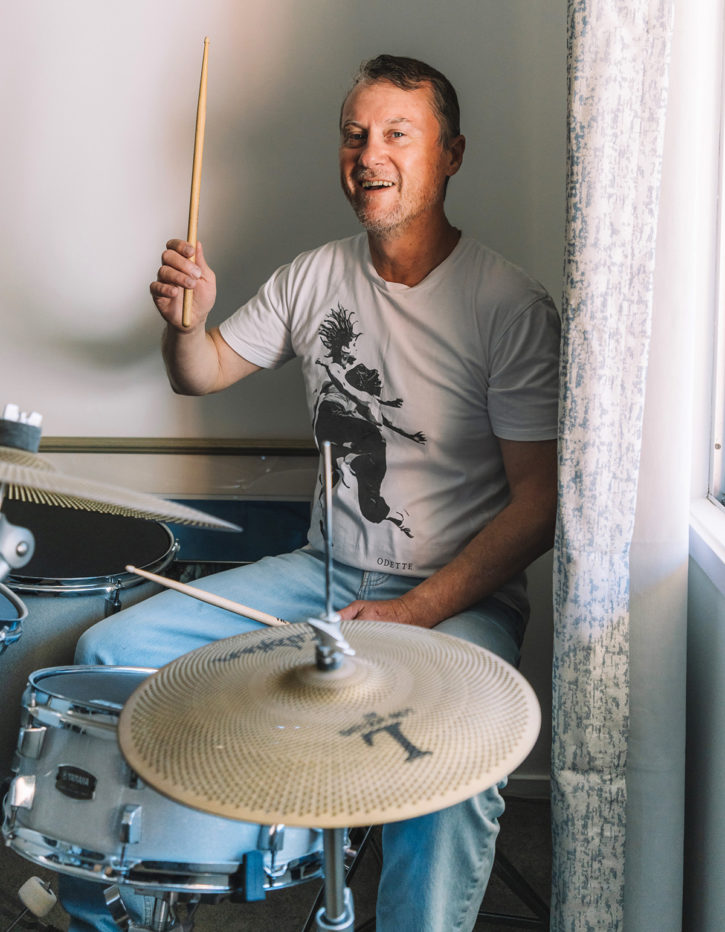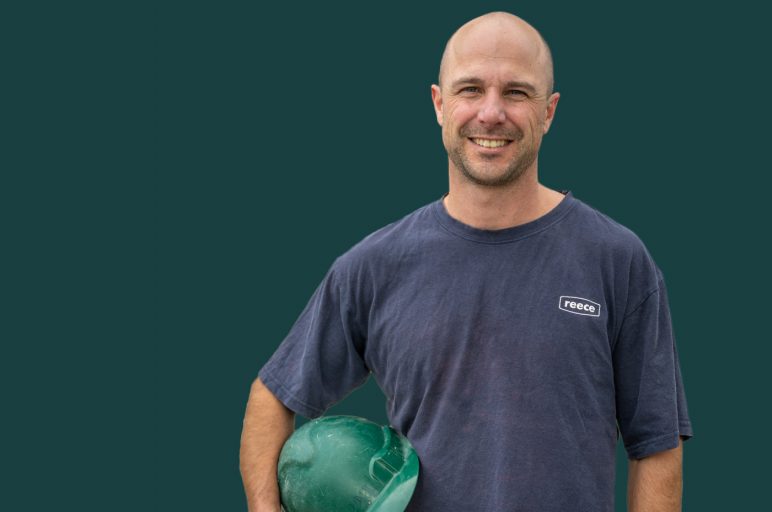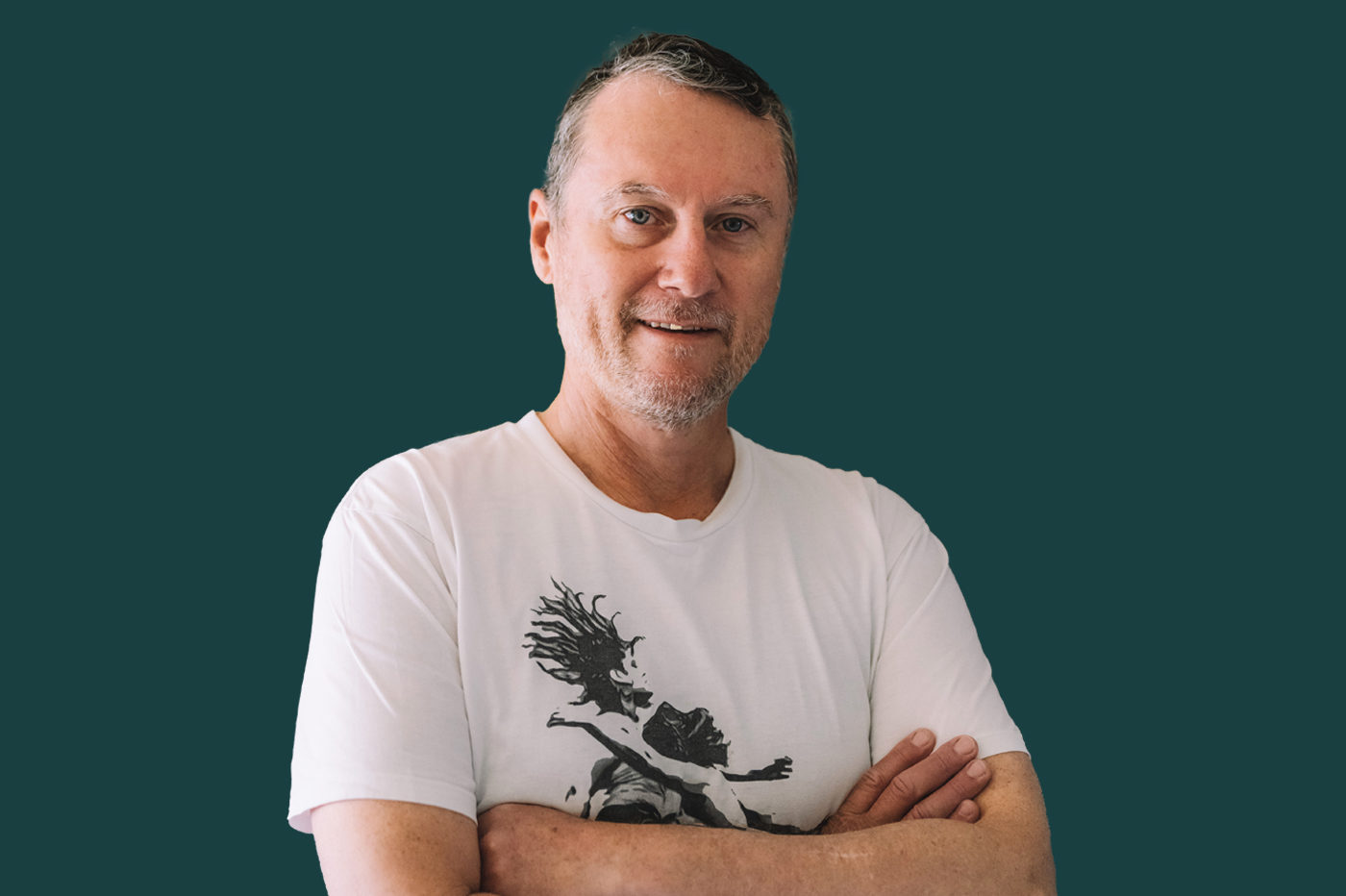
Meet Chris Campbell-Hardwick
Hello, my name is Chris Campbell-Hardwick.
I am the bulk manager of a medium-sized local transport company in Brisbane. Essentially I am a truck driver with a few more business and personnel responsibilities.
I was a stay-at-home dad for the majority of my children’s childhood, something that was very personally rewarding but not at all financially rewarding. Having spent so much time out of the labour force I have very little superannuation.
My children are all now enjoying careers and families of their own and as a result I am able to work long hours and earn a reasonable income for a single man. I have always been a good saver and split my income along my own version of the 50/30/20 rule. [Spending 50% of your income on living expenses, 30% on saving/investing and 20% on discretionary spending.]
I am very grateful to live in a country where there is a pension system to provide retired people with an income and whilst I am not too proud to be reliant on the pension when I retire, I would like to be in a financial position to not need it.
My financial goal is to retire, in around 16 years time, with my home paid off and enough income from interest earned from invested capital to live modestly and comfortably ad infinitum.
Outside of financial matters I enjoy spending time with my children and grandchildren, choral singing (and playing music in general), motorcycling, surfing, photography, reading, Scandinavian cinema and I am a lapsed paragliding pilot (hoping to rectify that this year!).
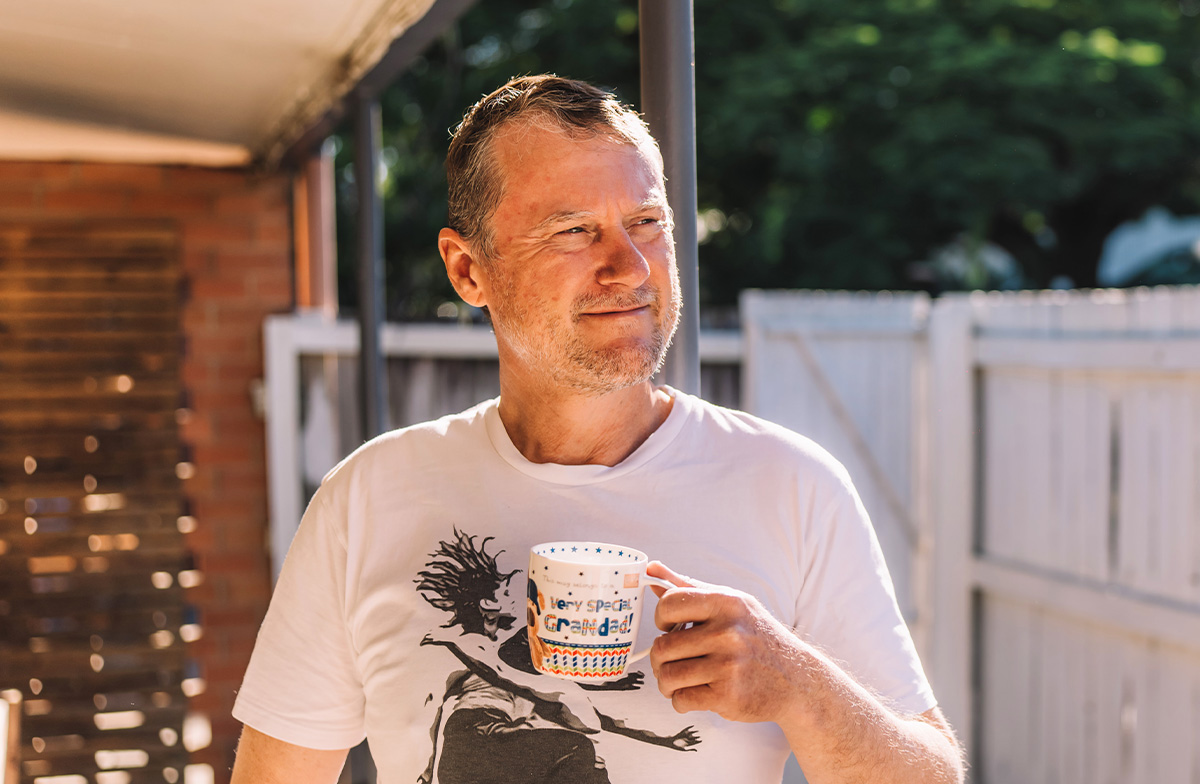
Why I decided to trust Stockspot with my investment portfolio
I decided to trust Stockspot with my investments as a result of a fair bit of experience and research, but also from interactions with Chris [Brycki] and Sarah [King].
I had tried day trading for a while as a stay-at-home dad and had almost as many losses as wins. I learned a lot but only made a small amount of money which really came down to luck. I also completed an arts degree with a major in economics at the end of this time which gave me some insight into how the flow of money and the economic cycle works and is influenced.
It became obvious to me that the easiest way to grow wealth without high fees was to invest in well-defined, conservative ETFs that tracked major markets and indices.
I had researched which ETFs to buy and was planning the logistics of it, which was a bit overwhelming given I would be making purchases every week or two. I did not think I would have the time for all of the record keeping given my long working hours. I felt like I was going to either give up in despair or spend every weekend record and account keeping.
“I decided to trust Stockspot with my investments as a result of a fair bit of experience and research, but also from interactions with Chris [Brycki] and Sarah [King].
When I found Stockspot, they essentially offered exposure to the same ETFs that I was looking at with more exposure to markets I hadn’t considered, or hadn’t considered them worth the extra paperwork.
They would do all of the paperwork for me, make all of the transactions I would need, with me only needing to make one transaction a week. Stockspot would provide all of the accounting paperwork I would need in one set of annual documents. They would also do it for what is a very low fee in my opinion.
The deciding factor though was Chris [Brycki] and Sarah [King]. I had completed the survey to determine what my investment profile was and was deciding whether to put all of my resources into my mortgage for the next few years and start with stockspot once my mortgage was cleared, or start now and pay my mortgage off concurrently.
The calculations were clearly in favour of starting now but the pull of paying my mortgage off was strong. I was contacted by both Sarah [King] and Chris [Brycki] and far from giving me a hard sell, they understood my concerns and both effectively told me that either option was a very good decision and that I should do what I was most comfortable with.
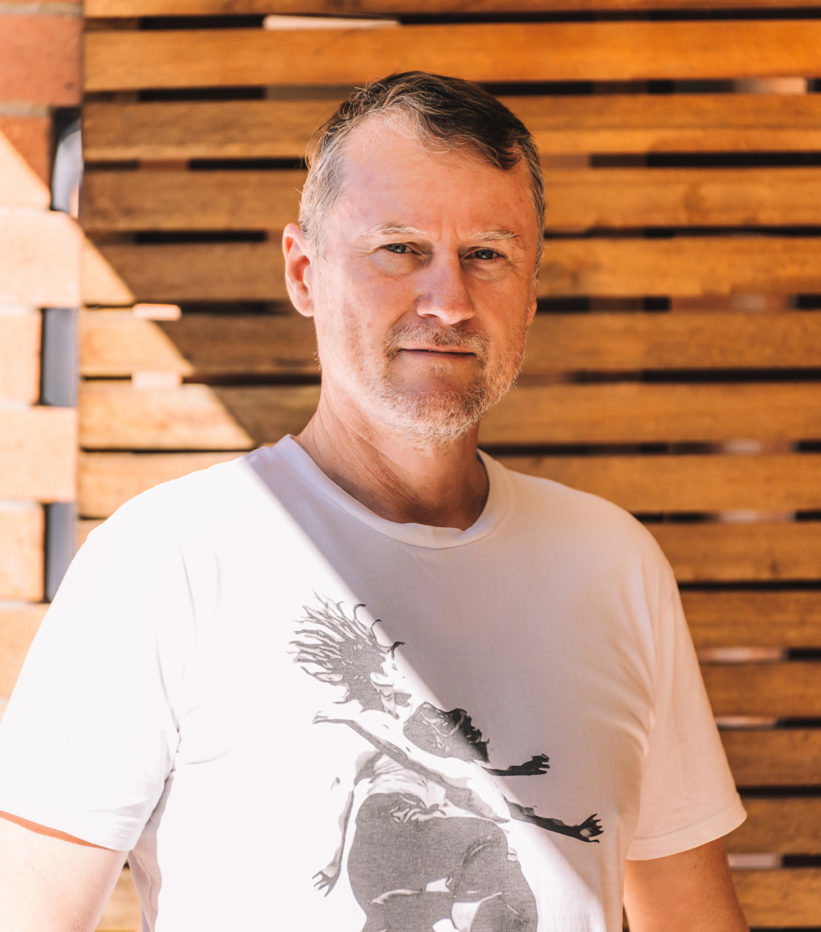
The Stockspot sign up process was very easy
The Stockspot sign up process was very easy. You have a lot of control over how it works with regards to automatic rebalancing, all of the information is easily accessible and the staff are supportive and easy to contact.
I like the questionnaire used to determine your investment profile. It seems simple, but it placed me where I thought I would be on the risk scale and the process reinforces the decisions an individual needs to make to be comfortable investing in markets they can’t control.
It effectively makes you re-question your motives and goals and understand your ability to cope with loss.

My investing goals
2022 was a tough year for returns, but yes, I am well on the way to achieving my goals. I haven’t enjoyed the portfolio gains that I would have liked but this far out from my goal, the dollar-cost averaging of making purchases during this year means I am building investment assets that will grow with the market over the next decade and a half.
It is hard to emotionally process at the time, but buying assets while they are losing value is great for future returns. I am getting better at it …
I am very confident that I will be able to retire comfortably, on my own terms, and leave my children a modest bequest when I die.
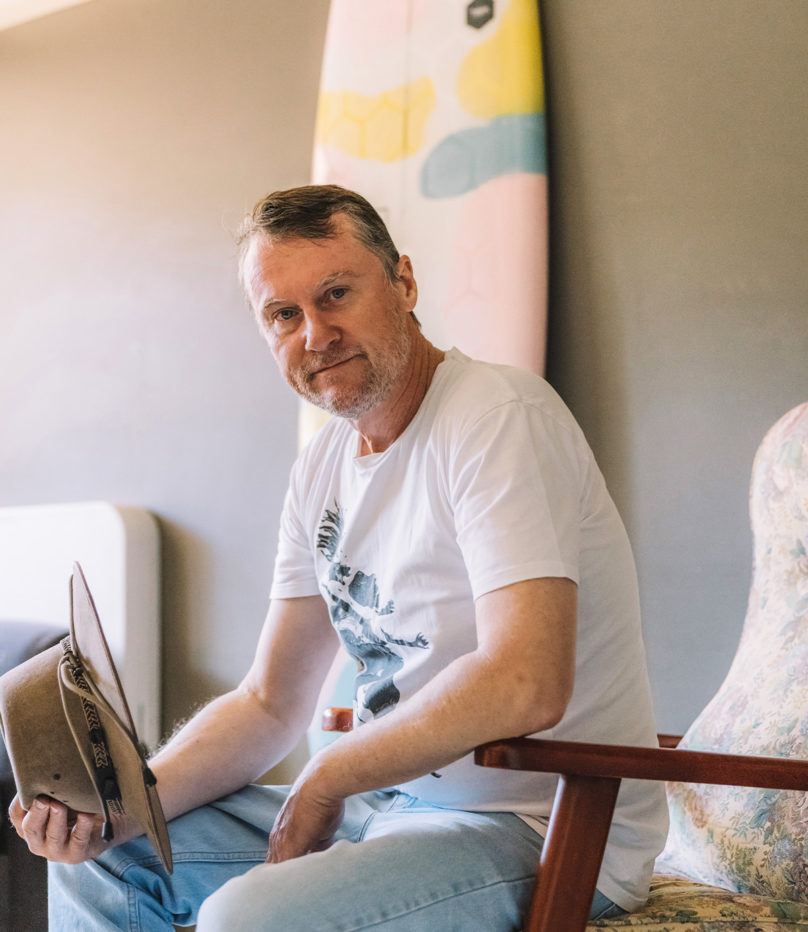
What I like most about Stockspot
The thing I like most about Stockspot is that they are more concerned that people are investing to suit their needs, not Stockspot’s. This is obvious when signing up.
I have always had a savings buffer for emergencies but never really quantified it. During the sign-up process with Stockspot it is made clear that you should not be investing with Stockspot unless you have three to six months of savings as an emergency buffer.
It is also clearly explained how to determine which end of the spectrum you should be at depending on your job security, health, age etc.
There is also sound advice to cease making investment deposits if this fund needs to be used, so that it is topped up as a priority. It is also made clear multiple times to not begin investing until all high interest loans have been paid back.
None of these policies are in Stockspot’s immediate financial interest but they show their philosophy of providing an investment service based on the individual needs of their clients is more than just window dressing.
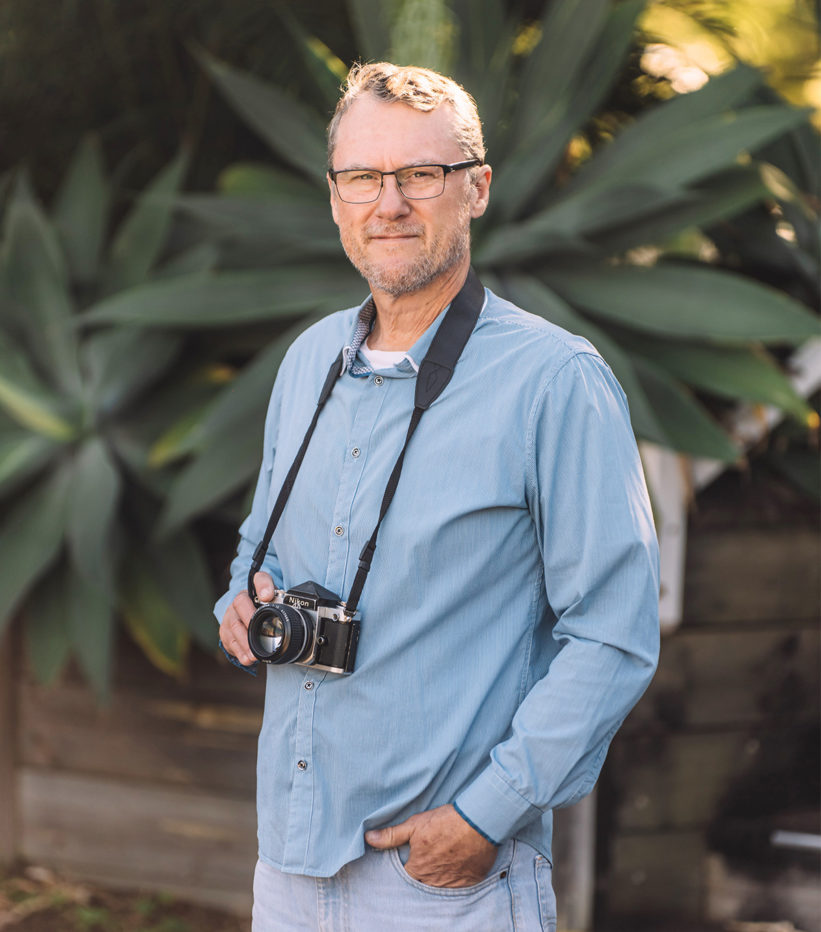
What investing with Stockspot is like
Investing with Stockspot is very easy. I make a weekly deposit, it is always acknowledged via email when it is received a few days later, and then when I have enough for my next investment transaction in my account it is automatically invested. Again, I am informed immediately via email.
At any time I can see what my next investment purchase will be and how much I need to deposit to have the investment made.
The EOFY [end of financial year] paperwork was really simple, everything I needed to complete my tax return was laid out and easy to disseminate. In my view, this alone is worth the fees Stockspot charges.

How I would advise a friend in need
I would advise a friend who leaves their savings in a bank account to educate themselves. I don’t think people who do not have the financial literacy to understand what investing is, and how to see their money as an asset, should be pressured into investing anywhere because someone else says it is OK.
I would show them what I do, explain why I do it, explain what risks and benefits I am expecting and what that looks like and then tell them to read and learn as much as they can. At the end of the day, money in the bank being diminished by inflation is better than money being lost in a scam.
Unfortunately, people without good levels of financial literacy are at risk of being unable to discern between market leading, low fee investment products and scams.
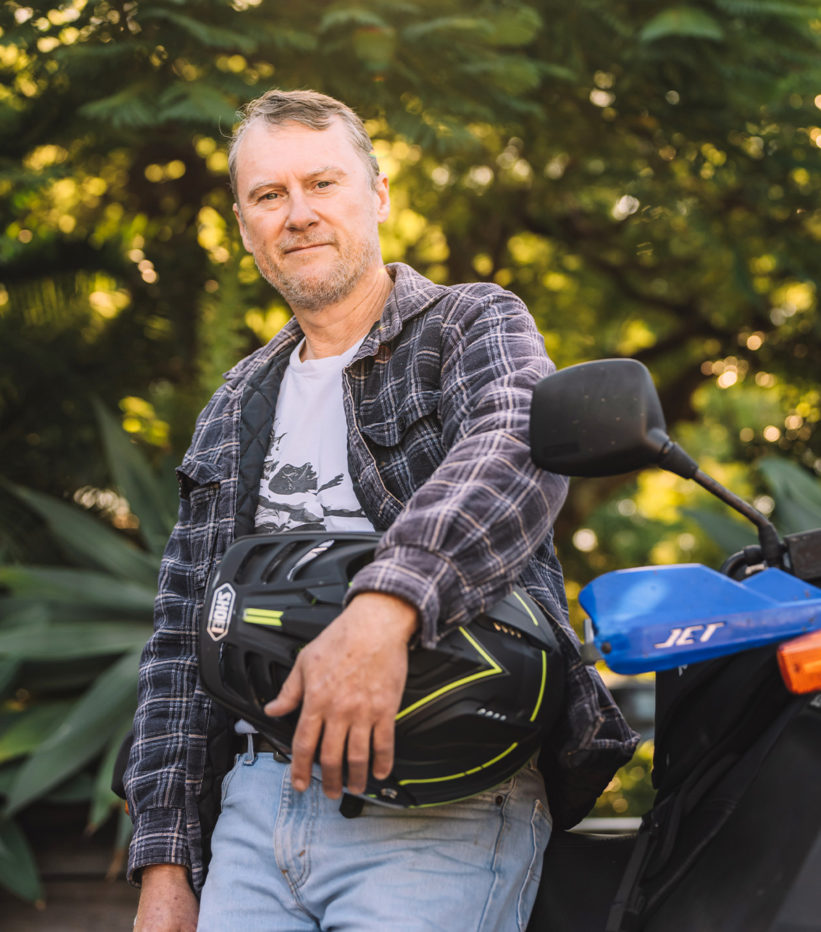
A final word about investing
My financial tip about investing is: 50/30/20!
It’s a bit different to what you might think. 50 per cent of income should be spent on the here and now, 30 per cent should be invested for the future and 20 per cent is play money – enjoy it.
If you can’t afford to do this then have a think about what you really need to spend money on in the 50 per cent and 20 per cent. A lot of people waste a lot of money on things they don’t need or enjoy. The 30 per cent should be non-negotiable.
